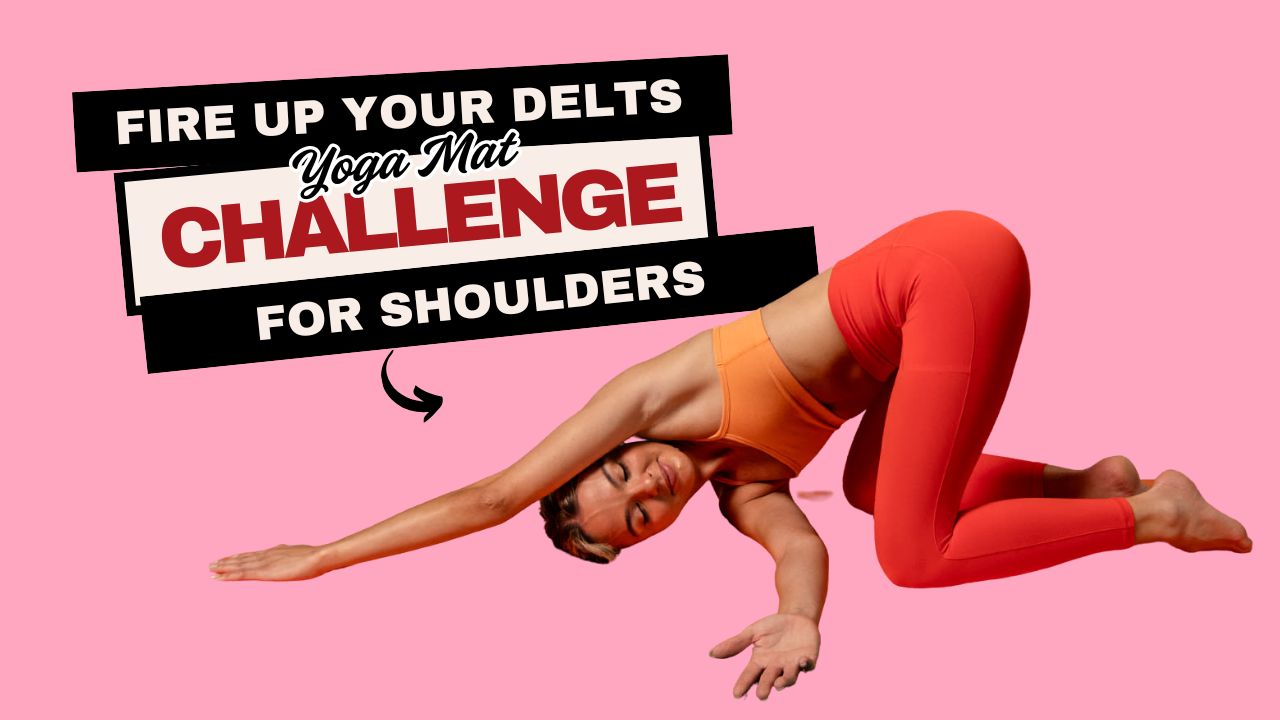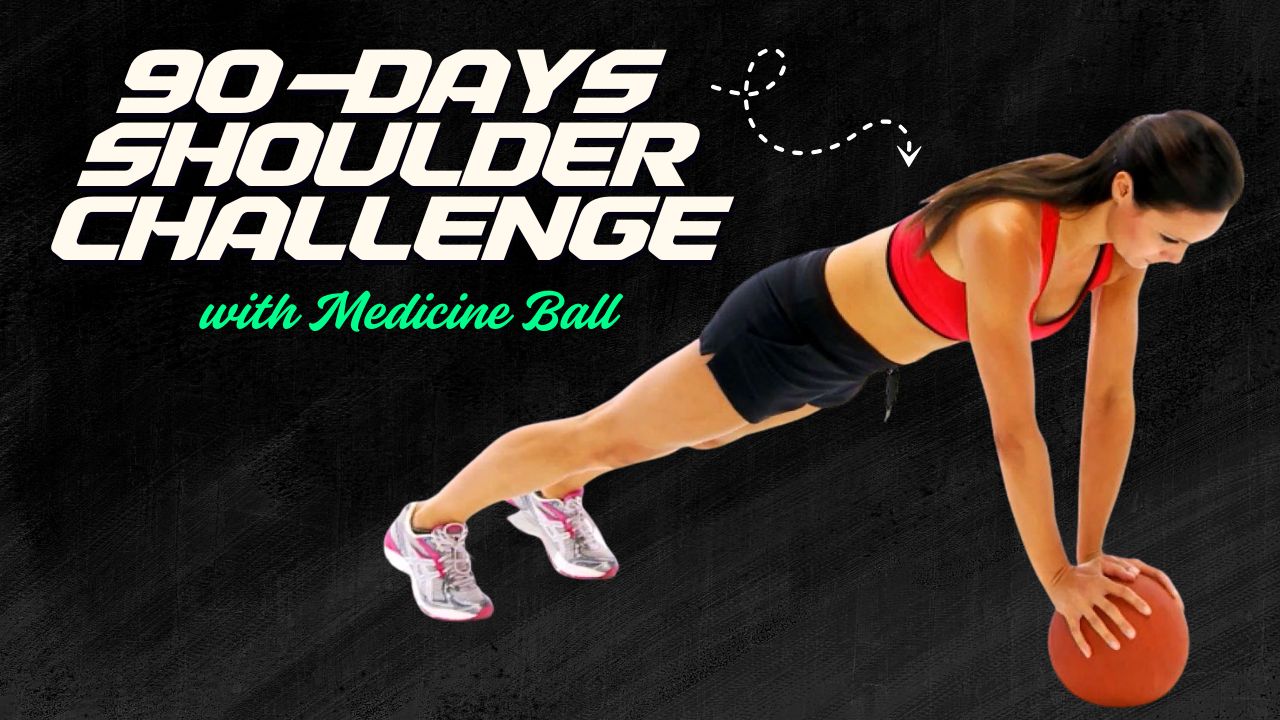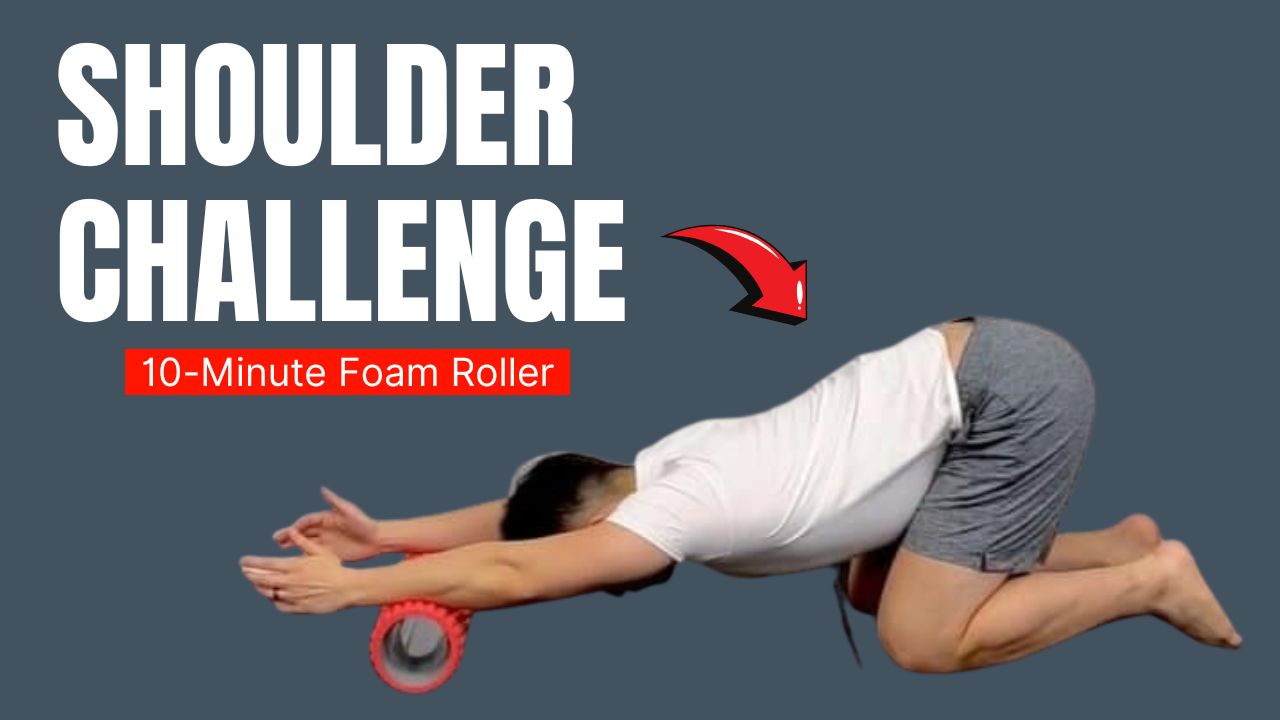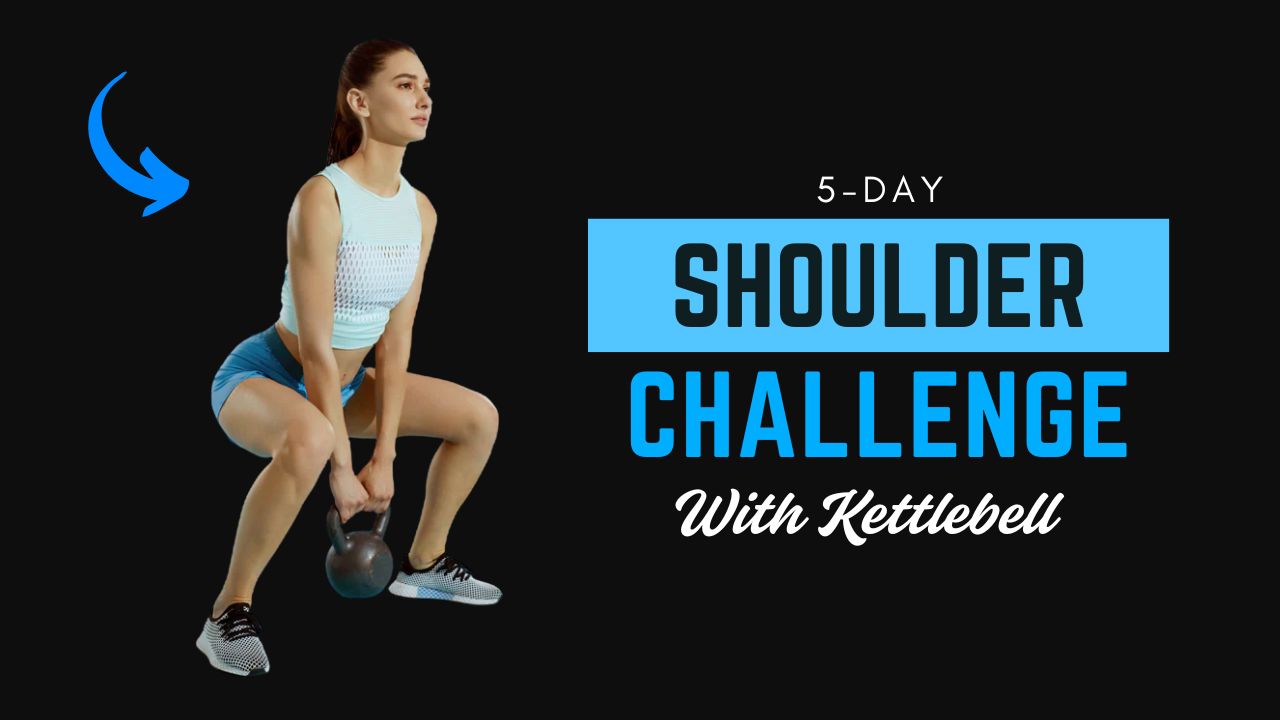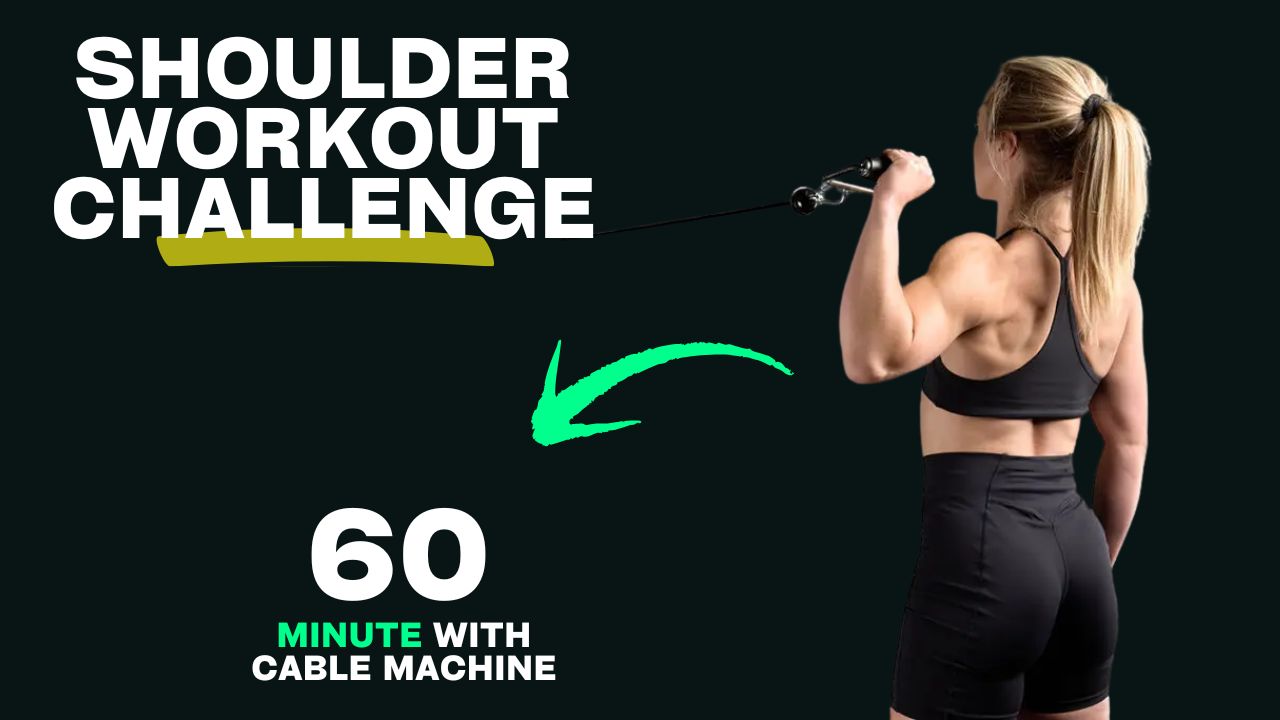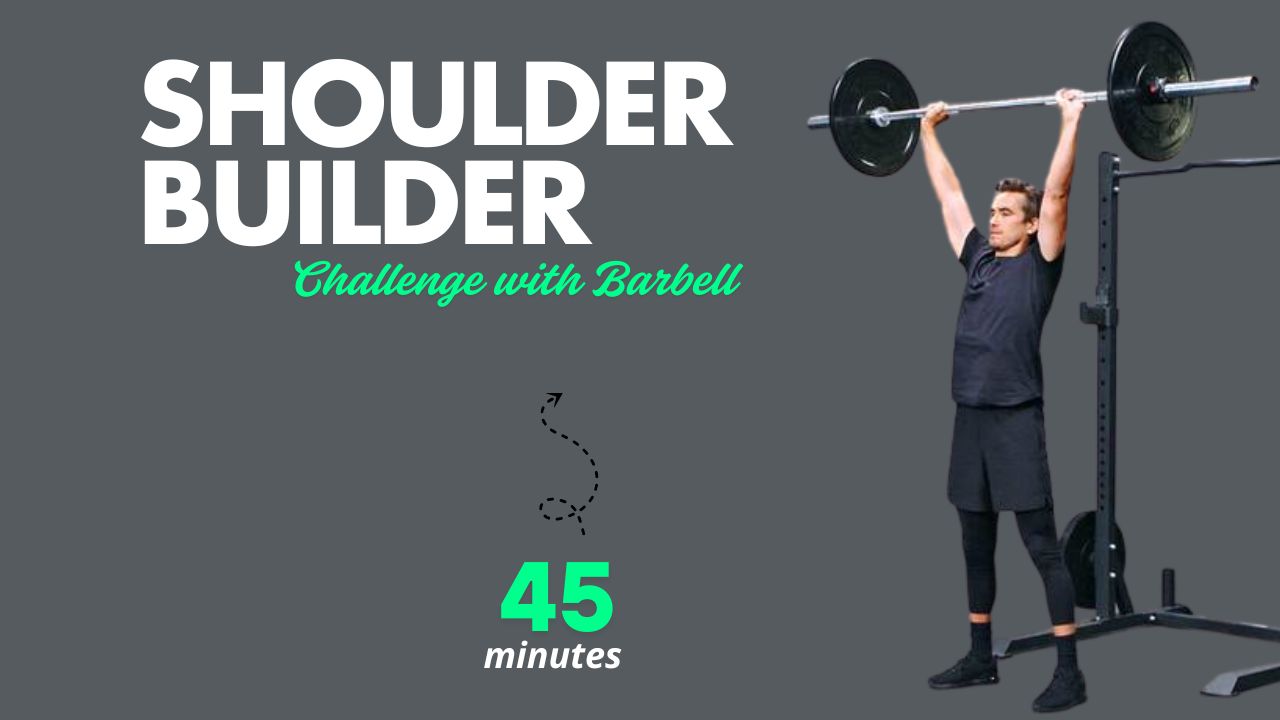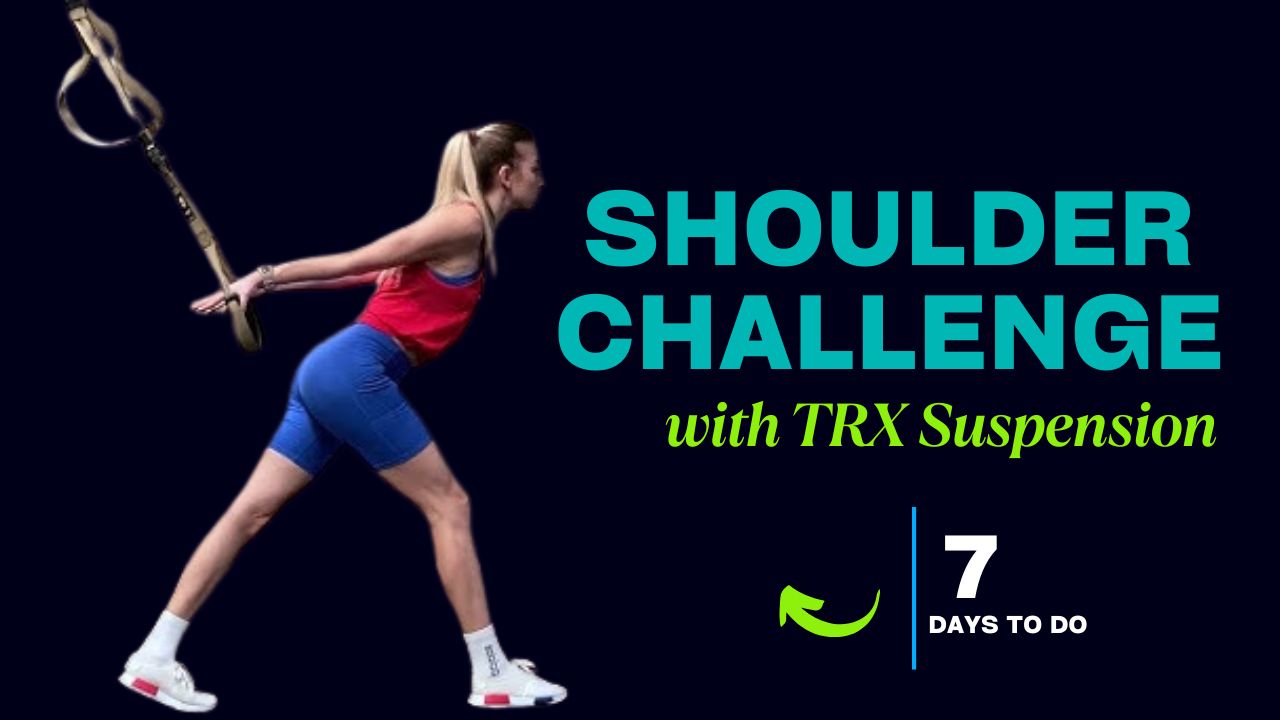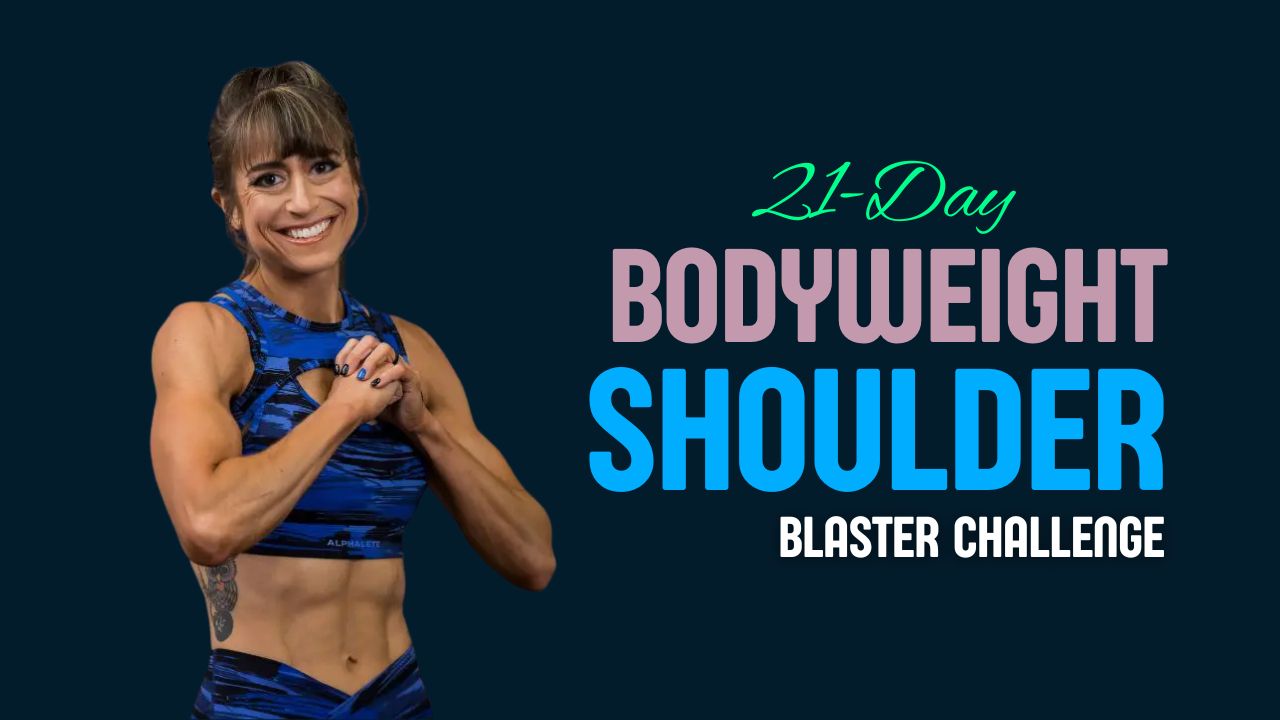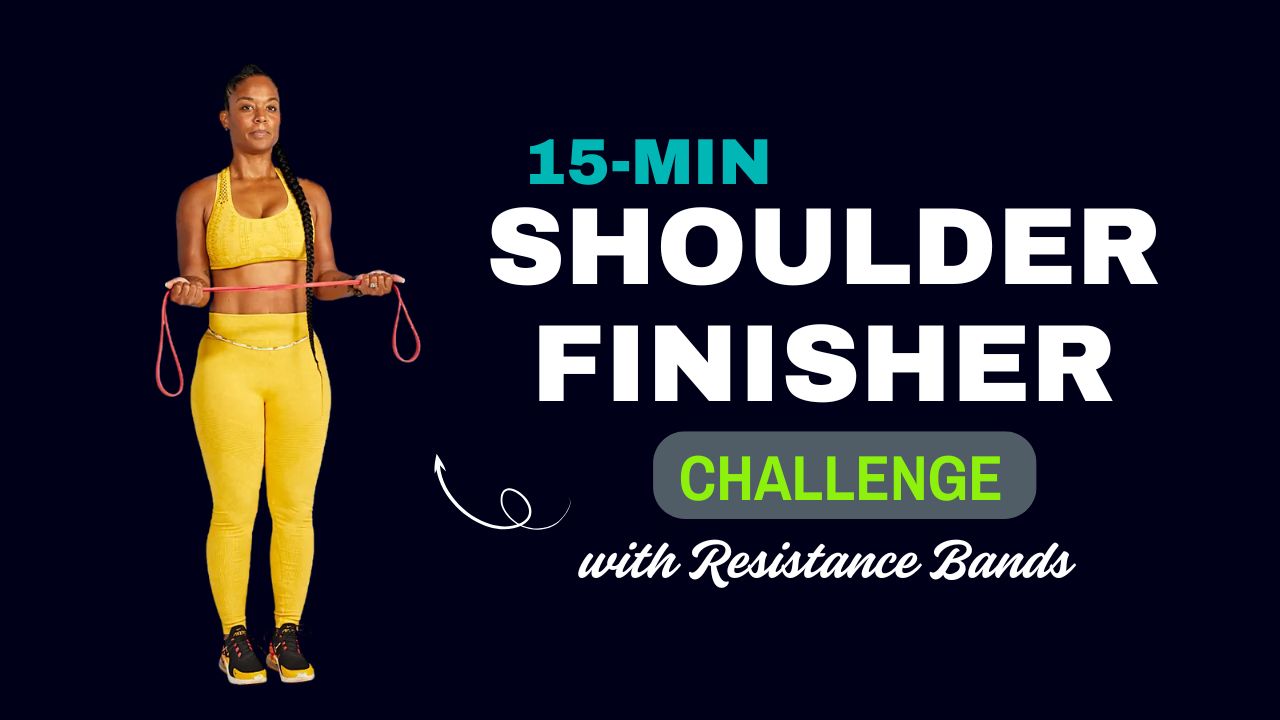Want boulder shoulders that turn heads? Forget the same old dumbbell presses and lateral raises—your shoulder training is missing a serious upgrade: the Hi-Lo Pulley System.
Whether you’re chasing that V-taper look, aiming to bulletproof your rotator cuffs, or simply want new ways to activate neglected delts, this guide is your golden ticket.
Did you know? Cable machines like the Hi-Lo pulley provide constant tension, which free weights often lose at certain points of the movement. This means more time under tension—and better muscle growth!
Below are 10 unique shoulder exercises using the Hi-Lo pulley, each with step-by-step instructions, benefits, and pro tips to make the most of your shoulder training.
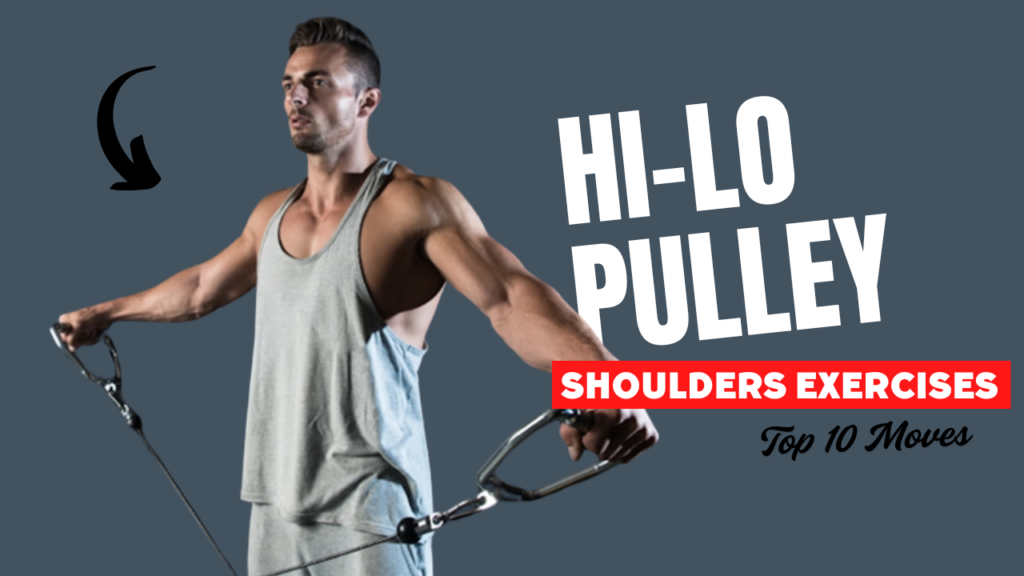
Table of Contents
What Can Happen After 30 Days of Hi-Lo Pulley Shoulder Exercises
| Result | What You’ll Notice |
|---|---|
| Increased Shoulder Definition | More visible muscle shape in front, side, and rear delts |
| Improved Posture | Straighter back, less slouching—especially if rear delts are targeted |
| Better Muscle Activation | Stronger mind-muscle connection with each shoulder rep |
| Less Joint Pain | Reduced discomfort due to controlled, joint-friendly movements |
| Enhanced Shoulder Stability | Improved control during lifts, presses, and daily activities |
| Strength Gains | Noticeable improvement in pushing, pulling, and overhead strength |
| Improved Symmetry | Balanced development between left and right shoulders |
| Stronger Rotator Cuffs | Better shoulder health and injury resistance |
| Boosted Confidence | Visible physique improvements can lift motivation and self-image |
| Higher Workout Efficiency | Better shoulder engagement with fewer wasted reps or sets |
Also Read: 10 Best Kettlebell Exercises for Bigger, Stronger Biceps
Do’s & Don’ts of Hi-Lo Pulley Shoulder Exercises
| ✅ Do | ❌ Don’t |
|---|---|
| Use controlled, slow reps for maximum tension | Don’t use momentum or jerk the weight |
| Adjust the pulley height to match the movement | Don’t use the same pulley height for every exercise |
| Warm up your rotator cuffs before starting | Don’t skip warm-ups, especially with shoulder training |
| Keep your core engaged and posture upright | Don’t arch your back or lean excessively |
| Focus on full range of motion | Don’t cut reps short for heavier weight |
| Train all 3 heads of the deltoid (front, side, rear) | Don’t just target front delts or only do presses |
| Start with lighter weight to learn the form | Don’t ego lift or sacrifice form for more weight |
| Breathe steadily throughout each rep | Don’t hold your breath or rush through sets |
| Include rotator cuff exercises weekly | Don’t ignore stabilizer muscles—they prevent injuries |
| Rest 30–60 seconds between sets | Don’t rush between sets or overtrain shoulders |
1. Cable Single-Arm Front Raise (Low Pulley)
Targets: Front delts
How to:
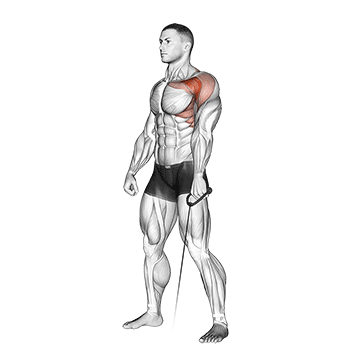
- Attach a D-handle to the low pulley.
- Stand facing away, handle in one hand, arm extended.
- Raise your arm straight in front of you to shoulder height.
- Lower slowly and repeat.
Benefits: Constant tension on the anterior deltoid, improved mind-muscle connection.
🔍 Myth buster: Many think front delts are undertrained—but if you’re pressing heavy weekly, you might be overtraining them. This cable move targets them precisely, without overkill.
Also Read: 11 Kettlebell Chest Workouts That Ignite Strength & Size
2. Cable Lateral Raise (Low Pulley)
Targets: Side delts
How to:
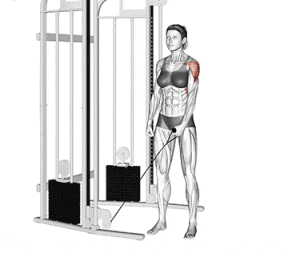
- Stand sideways to the pulley, handle in the outside hand.
- Start with the handle across your body.
- Raise your arm out to the side, just above shoulder level.
- Pause, lower with control.
Benefits: Builds shoulder width, better control than dumbbells due to cable resistance arc.
3. Cable Upright Row (Mid Pulley)
Targets: Side delts, traps
How to:
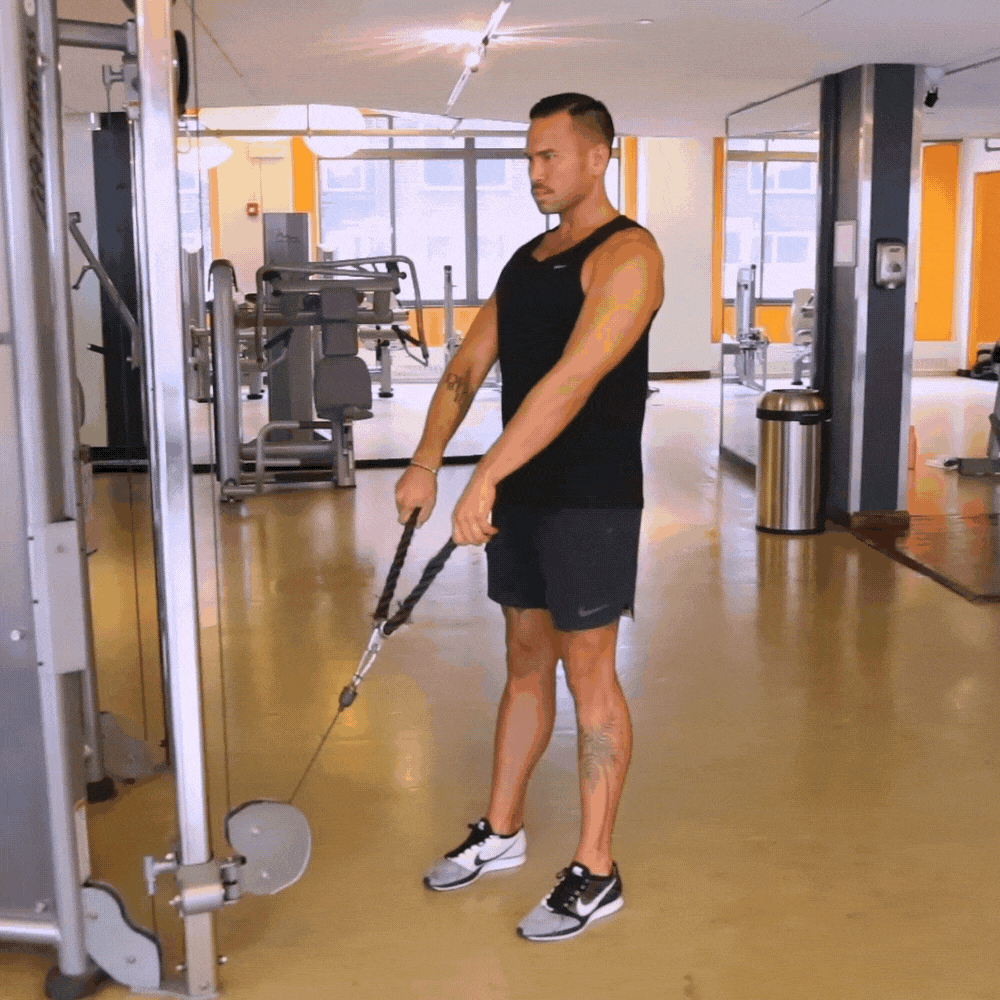
- Attach a straight bar to a mid pulley.
- Grip the bar with hands shoulder-width apart.
- Pull it up toward your chin, elbows leading.
- Pause, then lower slowly.
Benefits: Enhances deltoid thickness and trap strength.
4. Cable Rear Delt Fly (Hi Pulley – Crossed Cables)
Targets: Rear delts
How to:
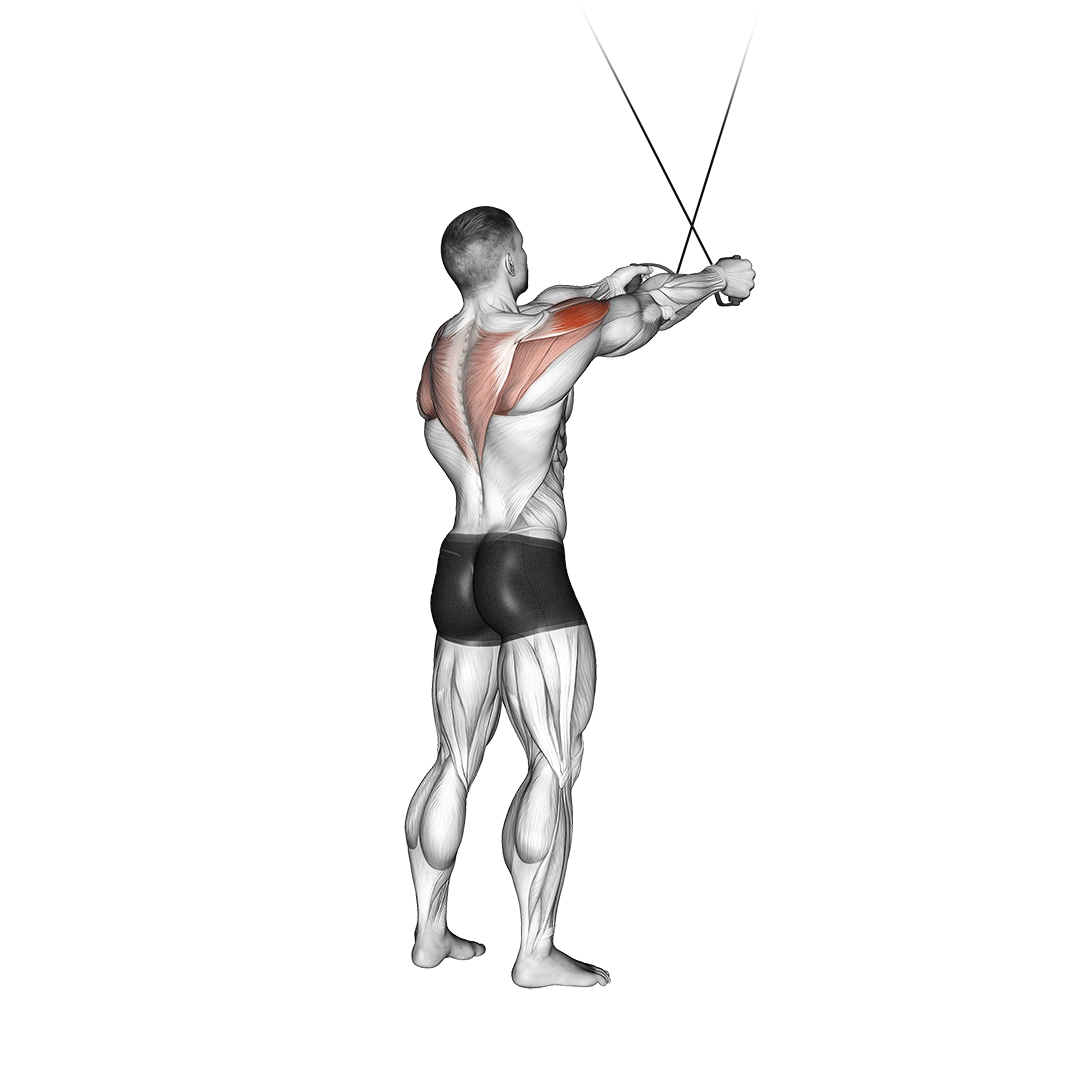
- Attach D-handles to both high pulleys.
- Grab opposite handles, forming an X.
- With a slight bend in your arms, pull the cables outward in a reverse fly motion.
- Pause, then return under control.
Benefits: Activates rear delts, improves posture, counteracts “desk shoulder.”
Did you know? Weak rear delts are a major reason for shoulder impingement and rotator cuff pain. Fix it with this move.
Also Read: 10 Barbell Hamstring Exercises That Build Muscle & Mobility
5. Cable Face Pull (Hi Pulley, Rope Attachment)
Targets: Rear delts, traps, rotator cuff
How to:
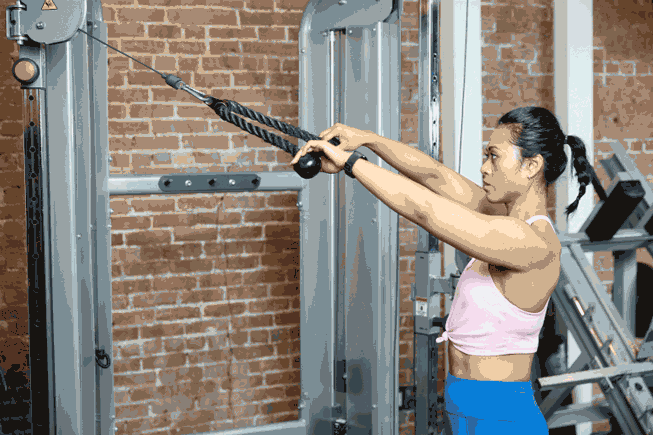
- Use a rope attachment at upper-chest height.
- Grip both ends of the rope with palms facing each other.
- Pull the rope towards your face, elbows high and flared.
- Squeeze the rear delts, then return.
Benefits: Improves shoulder health and posture, boosts external rotation strength.
6. Cable Arnold Press (Dual Low Pulleys)
Targets: Front, side, and rear delts
How to:
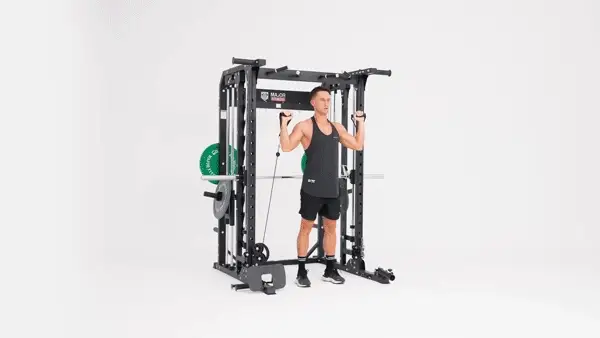
- Sit or stand between two low pulleys, D-handles in each hand.
- Start with palms facing you at shoulder level.
- Press upward while rotating your palms outward.
- Reverse the motion on the way down.
Benefits: Full deltoid activation, mimics free-weight Arnold press with constant resistance.
7. Single-Arm Overhead Press (Low Pulley)
Targets: Front and side delts
How to:
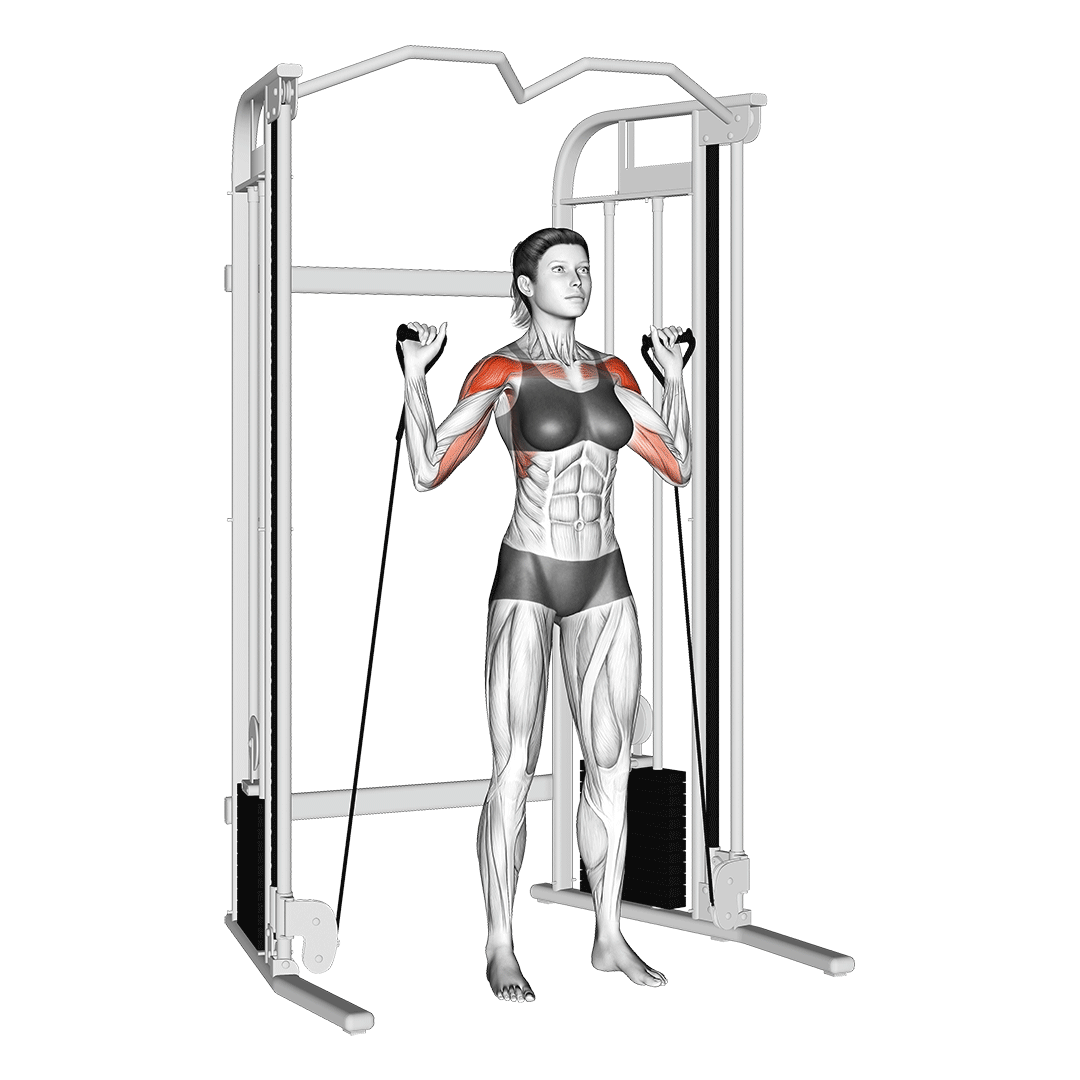
- Attach a D-handle to a low pulley.
- Stand side-on and bring the handle to shoulder height.
- Press overhead in a straight line.
- Control it back down.
Benefits: Unilateral movement helps fix imbalances and builds shoulder stability.
Also Read: 10 Barbell Oblique Exercises That Carve Your Waist Like a Pro
8. Cable Y-Raise (Hi Pulley, Crossed Cables)
Targets: Upper traps, rear delts
How to:
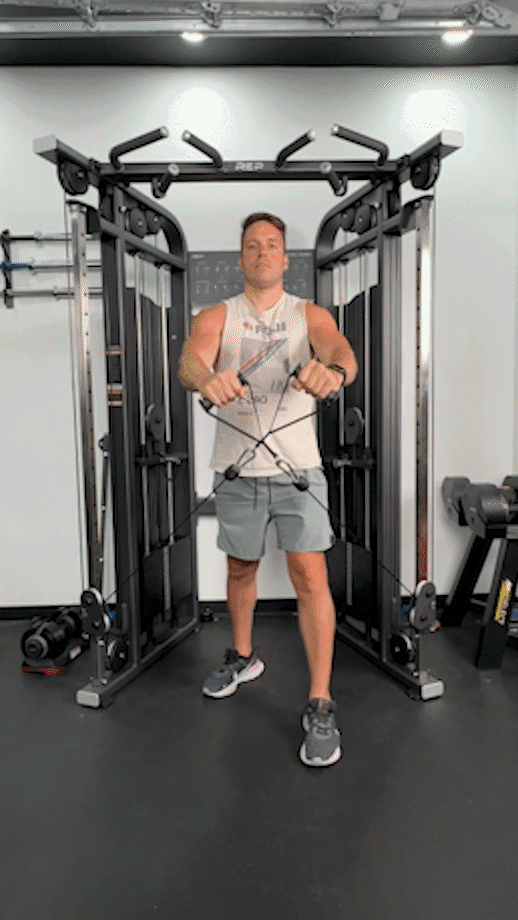
- Use high pulleys with D-handles, crossed over.
- Pull upward and outward to form a “Y” shape.
- Pause at the top, then lower.
Benefits: Enhances posture, builds scapular control—great for desk workers.
9. Cable Shoulder Shrug (Low Pulley with Bar or Handles)
Targets: Upper traps
How to:
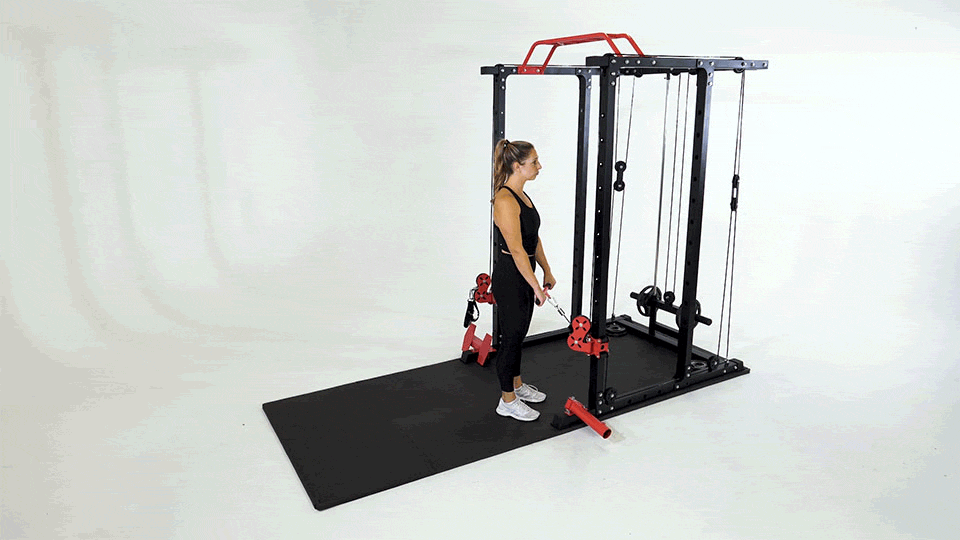
- Attach a bar to a low pulley.
- Stand upright, hold the bar with arms extended.
- Shrug your shoulders up as high as possible.
- Pause, then lower with control.
Benefits: Builds thick, strong traps; improves neck and shoulder stability.
🔍Quick tip: Keep arms straight—bending elbows turns this into a row, not a shrug.
10. Cable Internal/External Rotation (Elbow-height Pulley)
Targets: Rotator cuff muscles
How to:
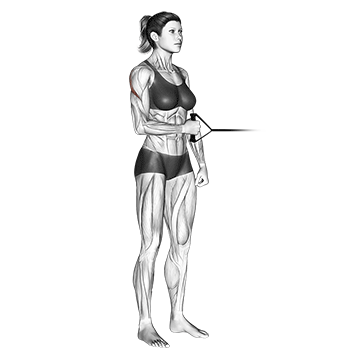
- For external rotation: Stand sideways, handle in the outside hand. Elbow tucked at 90°, rotate hand outward.
- For internal rotation: Handle in inside hand, rotate inward.
Benefits: Bulletproofs the rotator cuff, essential for shoulder joint health.
Did you know? Many shoulder injuries can be prevented by just adding internal/external rotations into your warm-up or cool-down.
Also Read: 13 Barbell Bicep Workouts to Add Size, Power & Peak
Final Thoughts
Using a Hi-Lo pulley system for shoulder training isn’t just a novelty—it’s a performance enhancer. With constant tension, joint-friendly motion paths, and precision targeting, cables offer an edge that dumbbells and barbells can’t match alone.
Integrate 2–4 of these cable shoulder exercises into your routine, and you’ll soon notice:
- Greater muscle activation
- Less joint pain
- Sharper definition
🎯 Pro Tip: Rotate between different pulley heights (low, mid, high) to hit your shoulders from every angle for full, rounded development.
Frequently Asked Questions (FAQs)
Can beginners use the Hi-Lo pulley system for shoulder workouts?
Absolutely. The Hi-Lo pulley machine is actually ideal for beginners. It provides smooth resistance, reduces momentum-based cheating, and helps develop proper form with controlled motion. Start with lighter weights and focus on execution.
How many Hi-Lo pulley shoulder exercises should I do in one workout?
Pick 3–5 exercises that target different parts of the shoulder (front, side, rear). For example, combine a front raise, lateral raise, and face pull to hit all heads of the deltoid in a balanced routine.
Are cable shoulder exercises better than dumbbell exercises?
Not better, but different. Cables offer constant tension and allow for more controlled isolation, which is excellent for shaping and refining the delts. Dumbbells, on the other hand, are great for overall mass and strength.
How often should I train shoulders with cable exercises?
For best results, train shoulders 1–2 times per week. You can dedicate a full session or incorporate 2–3 cable-based shoulder moves into your push day or upper body routine.
Do cable shoulder exercises build muscle or just tone?
They do both. When used with progressive overload (increasing resistance or reps over time), cable exercises can build size, strength, and improve muscle definition.
Can Hi-Lo pulley shoulder exercises help with posture?
Yes, especially exercises like face pulls, rear delt flyes, and Y-raises. These target the rear delts and upper back, muscles crucial for maintaining upright posture and reducing the effects of slouching.
Are cable exercises safe for people with shoulder pain?
They can be, if done correctly and under professional guidance. Start with light resistance, avoid jerky motions, and prioritize rotator cuff strengthening exercises like internal and external rotations.
